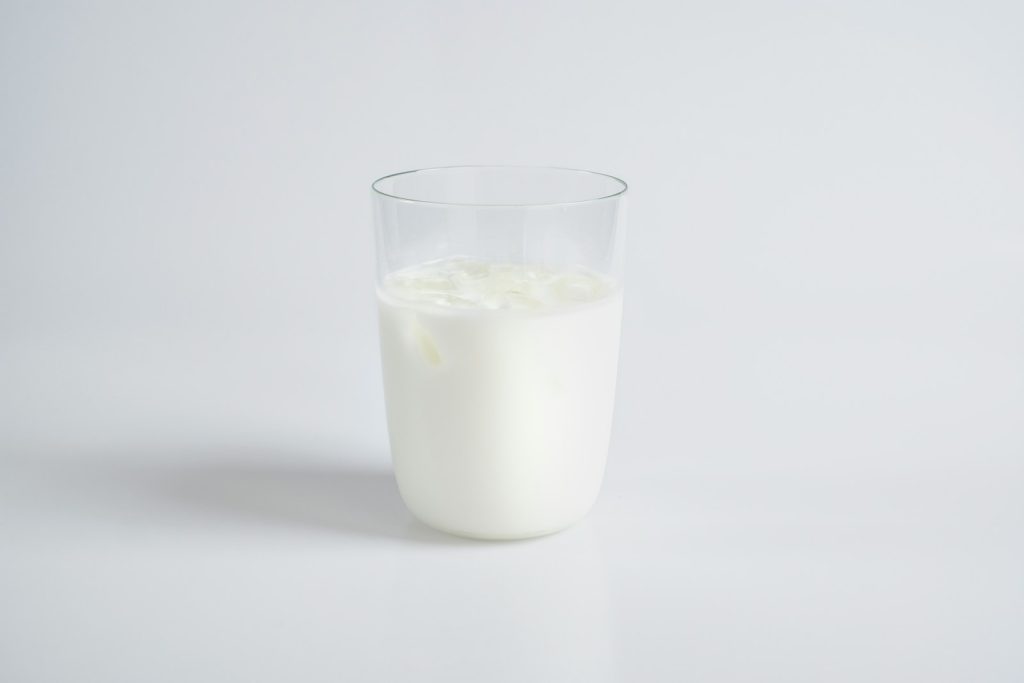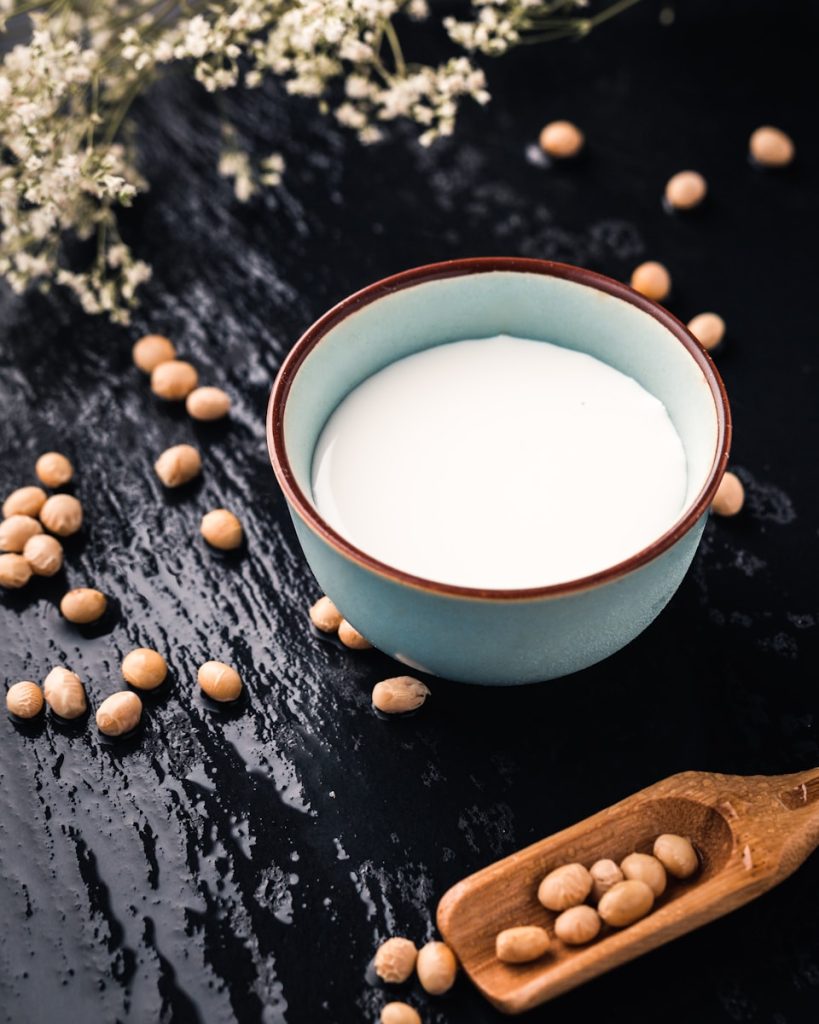Alright, let’s be real—plant milks are having their moment. Coconut water vs plant-based milks, oat, almond, coconut, you name it—every hipster coffee shop’s got ‘em lined up like it’s a milk fashion show. People are ditching cow’s milk either to be nicer to their bodies, the planet, or maybe just to see what the fuss is about.
Now, coconut water? It’s not even pretending to be milk, but somehow it keeps sneaking into the conversation. So, what’s the actual deal—are you better off with a glass of coconut water or some fancy plant-based milk? We’ll get into the nitty-gritty: vitamins, minerals, weird aftertastes, and whether any of these are actually worth pouring over your cereal.
Fun fact: this plant milk empire isn’t just a passing trend. The market was already worth a wild $19.42 billion in 2023, and apparently, it’s gonna leap to $32.35 billion by 2030. Big numbers, right?
Table of Contents
The Nutritional Showdown: Coconut Water vs Plant-Based Milks

Coconut water vs. all those plant milks crowding the grocery aisle. We’re talking almond, oat, soy—the usual suspects. Coconut water’s basically nature’s sports drink, packed with electrolytes but kinda skimpy on protein or fat. Plant milks? All over the map. Some are beefed up with calcium and vitamins, some are basically flavored water riding the wellness hype-train.
End of the day, it’s not one-size-fits-all. You want more protein? Grab soy milk. Chasing hydration? Coconut water’s your buddy. Lactose intolerant? Literally any of these’ll do. Just check the labels, ‘cause companies love to sneak in sugar where you least expect it.
- Analyzing Nutrient Profiles: What’s Inside?
Coconut water predominantly consists of water (about 95%), making it a low-calorie hydration source, while still offering vital electrolytes like potassium and sodium. plant-based milks are all over the place when it comes to nutrition. Almond, soy, oat—you name it, each one’s got its own vibe. They usually toss in some extra vitamins and minerals, sure, but protein and fat? That’s a total wild card.
- Health Impacts: Hydration, Vitamins, and Calories
The hydrating properties of coconut water set it apart, serving as a natural source of electrolytes that can replenish fluids lost during exercise. In contrast, plant-based milks can provide a broader array of vitamins, particularly when fortified, while their calorie counts can range from low in almond milk to higher in options like coconut or soy milk, offering different benefits for varying dietary goals.
Coconut water is basically the MVP if you’re sweating buckets at the gym or after a killer run. Now, plant milks—oat, almond, or whatever TikTok’s hyping this week—are usually loaded up with calcium, vitamin D, and a decent hit of protein. So if dairy’s not your jam, or you just can’t stand the thought of cow’s milk, swapping in plant milk? Kinda obvious move. End of the day, it’s your call. Need to hydrate and bounce back quick? Grab what fits the vibe. Grab the coconut water.
The Taste Test: Flavor Profiles and Culinary Uses

- Coconut Water: Tropical Sweetness or One-Dimensional?
Coconut water It’s got this low-key sweetness, not trying too hard, just hanging out all mellow and fresh. Some folks act like it’s liquid magic for hydration, but let’s not kid ourselves: the flavor’s not exactly setting off fireworks. It’s more like that friend who’s always there but never the main event, you know? Honestly, coconut water’s just vibing, not out here trying to become anyone’s favorite drink.
- Plant-Based Milks: Variety and Versatility in Cooking
Alright, plant-based milks? Honestly, they’re all over the place—in a good way. Almond, oat, soy… every one’s got its own vibe, you know? Some are nutty, some are all silky and smooth, some are just kinda doing their own thing. Toss ‘em into your morning coffee, whip up a killer pasta sauce, or go wild on desserts—there’s a milk for that. And the flavors? Super flexible. You can pair ‘em with almost anything, sweet or savory, and suddenly your recipe’s got this whole new personality. It’s like, why limit yourself to boring old cow juice when you’ve got all these options?
Almond milk’s got this mellow nutty vibe—nothing too wild, just a nice background note. Oat milk? Oh man, it’s basically the velvet tracksuit of milks. Soy milk is like the teacher’s pet of the plant milk crew—always showing off with that protein. Seriously, throw it in your coffee, pour it over your cereal, or splash it into pancake batter if you’re feeling a little wild. And the flavors? it’s amazing to try. Cutting out dairy? Fine. Bulking up? Sure. Just sick of the usual? There’s something weird and wonderful waiting on the shelf. Kitchen boredom? Not with these options around.
Environmental Footprint: Sustainability Considerations

The sustainability of food products significantly impacts consumer choices today. Based on research, coconut water kinda steals the show when you stack it up against regular milk or those trendy plant-based milks. It just doesn’t gobble up resources the way the others do—way less water use, much smaller carbon footprint. Coconut palms are like those chill friends who just go with the flow; they grow in tropical spots where rain isn’t exactly scarce, and you don’t have to baby them with all that heavy-duty farming nonsense. Plus, the
- Harvesting and Production: Coconut Water vs. Almond, Soy, and Oat
Making coconut water? That’s basically poking a hole in a coconut and letting the good stuff flow out. No big factories or hideous chemical processes—just straight-up nature in a cup. Almond milk, though? Whole different beast. Massive fields, loads of water, same crop everywhere (boring and bad for the planet), plus you end up wrecking the local ecosystem. Soy? Don’t even get me started—half the time, someone’s bulldozing a rainforest just so we can sip on a soy latte. Oat milk is better, I’ll give it that, but you still need a decent chunk of land and water to keep those oats happy. Honestly, coconut water feels like the least drama of the bunch—less mess, less fuss, and way gentler on the earth.
- Water Use and Carbon Emissions: The True Cost of Dairy Alternatives
Water consumption and carbon emissions present significant challenges in the sustainability conversation surrounding dairy alternatives. Almond milk’s a water hog—like, we’re talking almost 2,000 gallons of water just to get one gallon of the stuff. And that’s not even counting how California (where they grow most of it) always seems to be running out of water. Meanwhile, coconut water just chills in the background, barely asking for any irrigation at all. Soy and oat milks? They’re better than dairy, sure—lower carbon footprint and all that—but they still can’t touch coconut water when it comes to being easy on the planet.
let’s get real for a sec—water use and carbon emissions? That stuff’s a total mess. Take almonds, for example. These little guys are basically water guzzlers. From research of Water Footprint Network that almond farms are slurping up almost 10% of all the water California’s farmers use. Ten percent! No wonder folks lose their minds during droughts. It’s like, do we want snacks or do we want showers? Tough call, honestly.
The Market Trends: Consumer Preferences and Product Innovations
People are straight-up ditching cow’s milk for oat, almond, soy—all the plant-based stuff—because, let’s be real, everyone’s obsessed with health and saving the planet lately. Brands are getting pretty wild with new flavors, fancy packaging, and whatever else they can dream up to stand out. There’s, like, this full-on marketing war, too—everyone’s waving the “plant power” and “good for your gut” flags, hoping to lure in folks who care about what’s in their cup and where it comes from.
- The Future of Dairy Alternatives: Challenges and Opportunities
The future landscape of dairy alternatives presents both challenges and opportunities. While the demand for plant-based beverages continues to rise, brands face hurdles such as rising ingredient costs, supply chain issues, and the need for differentiation in a crowded market. Additionally, consumer skepticism regarding the nutritional claims and processing of these products can impact growth.
If brands want to survive this wild market, they gotta get creative—can’t just coast on the same old formulas. Maybe try out weird new ingredients (who knew seaweed would become cool?), or sneak in extra nutrients so people feel less guilty about grabbing that drink. Seriously, people love feeling like they’re making “smart choices,” so just talk to them like humans.
Crafting Your Perfect Dairy Alternative: Tips for Choosing
Picking the right dairy alternative is kinda tricky. Maybe you’re just after that creamy vibe in your coffee, or you actually care about protein and all that nutrition jazz. There’s, like, a million options now—almond, oat, soy, whatever weird nut they’re milking next. Just try a few, see what tastes good, and don’t stress it. Once you know what you like (and what you don’t), the whole thing gets way easier.
- Identify taste preferences: sweet, savory, or neutral.
- Consider the nutritional profile: vitamins, minerals, and protein content.
- Check for allergens: nut, soy, or gluten sensitivity.
- Evaluate versatility: how well does it work in cooking and baking?
- Explore brand transparency: sourcing and processing practices.
Any selection process can benefit from experimenting with various products to find the perfect fit.
- What to Consider: Nutritional Needs and Lifestyle
Picking between coconut water and plant milks isn’t just about taste. It’s kind of a nutritional minefield, honestly. If you’re trying to hit your protein goals, coconut water’s not gonna cut it (unless you plan to drink… gallons? Please don’t). Plant milks, though, some of them pack a punch with protein and calcium, especially the ones that are all souped-up with extra vitamins like B12—major win if you’re vegan or just anti-cow.
- Pairing and Combining: Enhancing Smoothies and Recipes
For smoothies, incorporating spinach or kale with coconut water delivers a refreshing green drink bursting with nutrients, while a blend of banana, peanut butter, and oat milk creates a protein-packed treat. Soups, sauces, and baked goods benefit from the creamy consistency of cashew or coconut milk, enhancing both flavor and texture. By thoughtfully pairing ingredients, they can craft delicious dishes that align with their health objectives, making each culinary creation both satisfying and nutritious.
Conclusion
Just putting this out there—coconut water and all those plant milks? Both solid swaps if you’re ditching dairy, but they hit different vibes. Maybe you’re obsessed with that light, super-hydrating zing you get from coconut water (honestly, nothing beats it after a workout). Or you’re more into the thick, creamy goodness of oat or almond milk in your morning coffee. Look, everyone’s got their own thing going on—some people need extra protein, some are just trying to avoid lactose, and a few are all about the taste.
